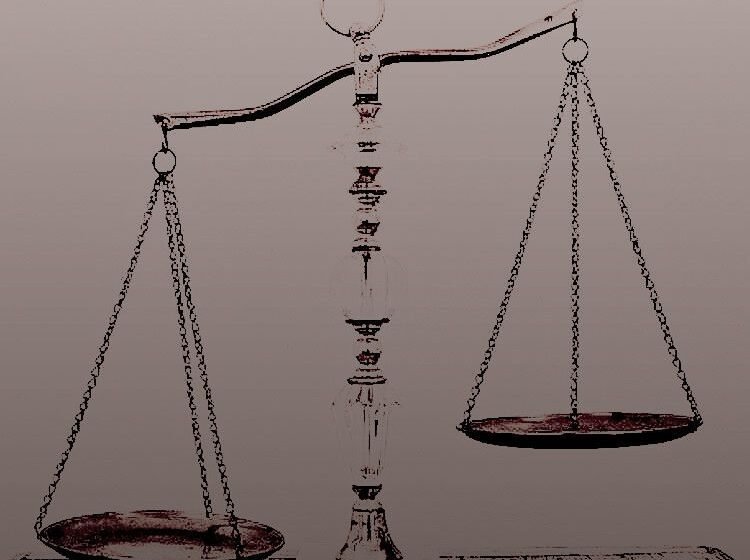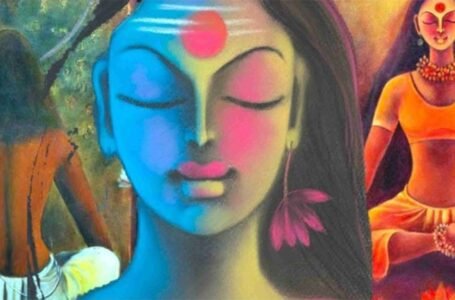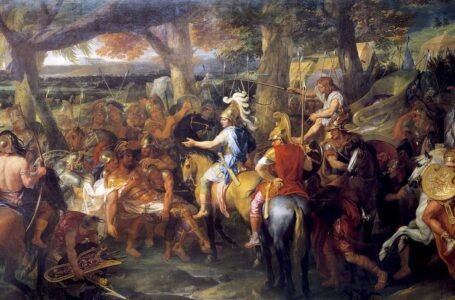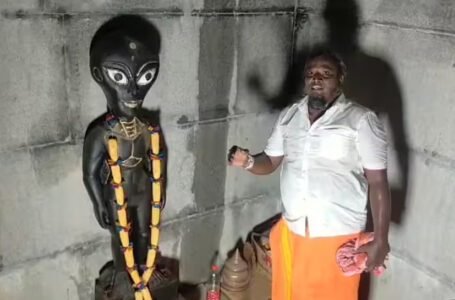Divine Justice and Human Law: A Comparative Study of Greek and Indian Myths

-Ananya Sinha
Ancient myths were not only religious and cultural patterns but also templates of the explanation of justice, power, and human behaviour. Perhaps the most primitive topic explored in the myths is the tension between divine justice drawn from cosmic or moral order and human law that is fashioned for the ordering of society. This is a comparative study of Greek and Indian mythology, highlighting the difference in how each culture perceived the relationship between divine will and human codes of law. We examine how each culture walked the tightrope between divine will and human institutions of law using iconic myths such as the Antigone tragedy in Greek mythology and the myth of Rama in Indian mythology.
The Idea of Justice in Mythology
Mythology is most often the initial formulation of a people’s theory of justice. Indian and Greek justice is not merely a code but a necessary order. Divine justice, in Indian and Greek myth, is superior, eternal, and typically impenetrable. Human law, by contrast, is ephemeral, context-specific, and subject to mistake or abuse.
Justice (dike) in Greek philosophy was anthropomorphized and identified with ideas of equilibrium and vengeance. The gods were believed to maintain cosmic order by punishing hubris and rewarding humility. Similarly, dharma, the multi-dimensional concept involving law, morality, and duty, in Indian myth was imagined as a divine principle maintaining cosmic order. In both of these cultures, however, the intertwining of divine justice and man’s law often led to strife, showing the fallibility of human judgment and the absoluteness of divine will.
Greek Mythology: Divine Retribution and the Limits of Human Law
Greek mythology is abounding in tales in which human law yields to divine law. The paradigmatic example must be Sophocles’ tragedy Antigone, which sets the clash between law of state and superior moral obligation on stage.
Antigone, the daughter of Oedipus, defies the law decreed by King Creon to bury her brother Polynices, declared a traitor by the state. Creon’s law prohibits the burial, yet Antigone invokes the immortal, unwritten divine law that compels her to perform the funeral rites. For this act of disobedience, she is killed, and ultimately that of the house of Creon.
This story clearly depicts the boundaries of man’s law when it comes into conflict with God’s justice. The error of Creon is not in trying to create order, but in not realizing that a higher moral authority exists than his own. The play is teaching that justice, for it to be just, must be harmonious with divine or ethical truth. Man’s law that ignores this harmony turns into tyranny.
Orestes is another key figure in Greek mythology, and when he avenges his father Agamemnon by killing his mother Clytemnestra, the Furies—revenge goddesses—are on his heels. Instead of another act of divine retribution, the matter is resolved by trial in Athens’ court of the Areopagus under the presiding goddess Athena. This episode is thus indicative of a shift from divine justice to human judicial procedure, and of the potential for an effort at reconciliation between divine and human systems of law.
Dharma, Kingship, and the Moral Law, Indian Mythology
Indian mythology grapples with ambivalence between divine morality and human law similarly, although ambivalently on a more ambivalent level. Indian philosophy’s Dharma is both the law of human society and divine justice. It is both pragmatic and metaphysical, directive for both individual conduct and public policy.
The most telling example of this dynamic can be found in the Ramayana, when Rama, as an incarnation of Vishnu, practices dharma even when it is counter to personal will. Most poignant of all, however, is the moment in the book when Rama, having rescued Sita and proved her innocence, still expels her from the kingdom because his people accuse her.
The action of Rama is not taken in gratification of individual will but since he is a king, for maintaining public faith. He sets raja dharma above the husband role. This act is very much acclaimed but controversial in nature. But this incident demonstrates the most salient principle that divine beings in Indian mythology never avoid or make any exception of the convention and duties which bind human society. In essence, their own superiority is based on their strict adherence to dharma, no matter how painful.
Similarly, in the Mahabharata is the dharma thought out with exquisite subtlety. Yudhishthira, the hero of the epic, is portrayed as the embodiment of virtue, but he is also portrayed in situations where there is no distinct right action. Mahabharata never offers easy answers but allows dharma to remain a notion that calls for a synthesis of wisdom, understanding, and moral sensitivities. It realizes that human law, as necessary as it is, is not always the absolute reflection of divine justice.
Points of Convergence
There are certain themes that are common to both Greek and Indian myths even though there is a dissimilar culture between them on the subject of law and justice.
Godly Sovereignty over Man’s Legislation: Both traditions hold the belief that divine commandments eventually override man-made decrees. In Antigone, religious funeral ceremonies are paramount compared to Creon’s decree. In the Ramayana, Rama submits to dharma even if it requires personal loss.
Accountability of the Leaders: Both civilizations’ leaders are not just answerable to laws, but to still higher moral or godly standards. In Creon’s failure and internal conflict within Rama, there rests the gigantic accountability of leadership in the balance between human justice and godly justice.
Justice as Moral Necessity: Justice is not depicted as reward or punishment in itself, but as a moral order that keeps society bound together. This is seen in the Furies pursuing Orestes, as it is seen in Yudhishthira’s torments in the Mahabharata.
Complexity and Uncertainty: Both traditions do not have a clichéd idea of justice. Both the myths acknowledge that God’s will is usually difficult to interpret and that human beings must cope with a morally complex world modestly and adroitly.
Difference in Structure
Although there are similarities, there are also differences when Greek and Indian mythology accounts for divine justice and human laws.
The role of the individual: Greek mythology will be preoccupied with the individual hero and the tragic consequences of defying or misunderstanding divine will. Indian mythology is more concerned with universal duty and the necessity for one’s role to adjust to dharma.
Divine Figures and Man’s Law: Greek gods are beyond the law of man and usually work against it. Divine personae in Indian mythology such as Rama or Krishna operate in the framework of man’s law and are paragons of its values.
Resolution Mechanisms: Tragic resolution in Greek myths is frequent where justice is achieved through suffering or death. Indian myths try to reconcile and restore order, sometimes by means of moral lesson and adherence to dharma.
Modern Relevance
Why they survive with us today is that they illuminate the ageless questions: What is justice? Can law ever be completely just if it is not rooted in morality? How do rulers square private virtue with public duty?
Today, these issues remain valid. The conflict between law and ethics, or specifically issues of governance, human rights, and justice, is expressed through the myths of Antigone, Rama, and Yudhishthira. These myths make us understand that justice cannot be codified; it requires compassion, prudence, and an ongoing sensitivity to the finer principles governing human life.
Conclusion
Greek and Indian mythology both offer profound understanding of the nature of justice and the connection between divine and human law. Concomitant with their insistence on the need for moral and ethical foundations to legal regimes, both traditions suggest that law is as much a reflection of our shared values as it is an instrument of state. In a time when legal traditions face increasingly moral dilemmas, the wisdom of these old myths continues to guide and inspire. In their heroes and in their conflicts, these myths challenge us to think about our own responsibility—to law, to justice, and to the higher ideals that unite us all.


